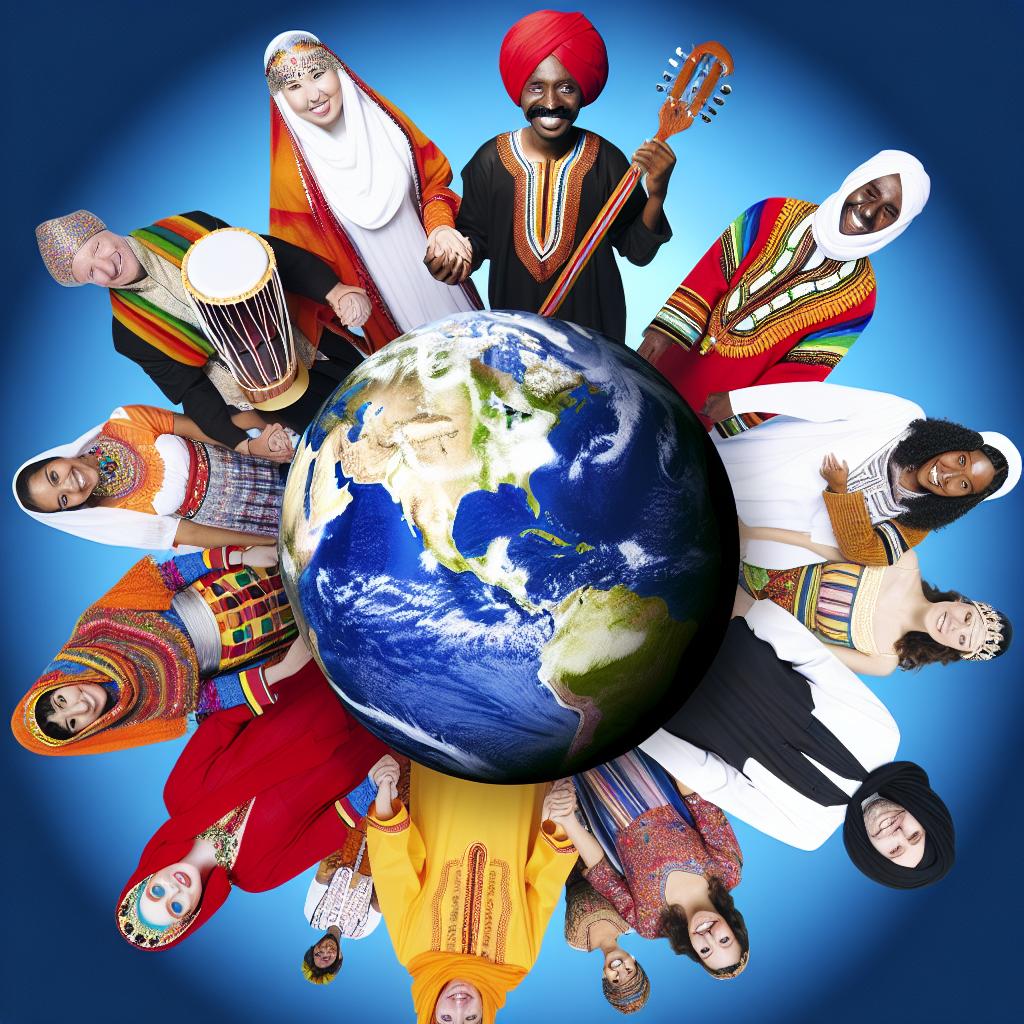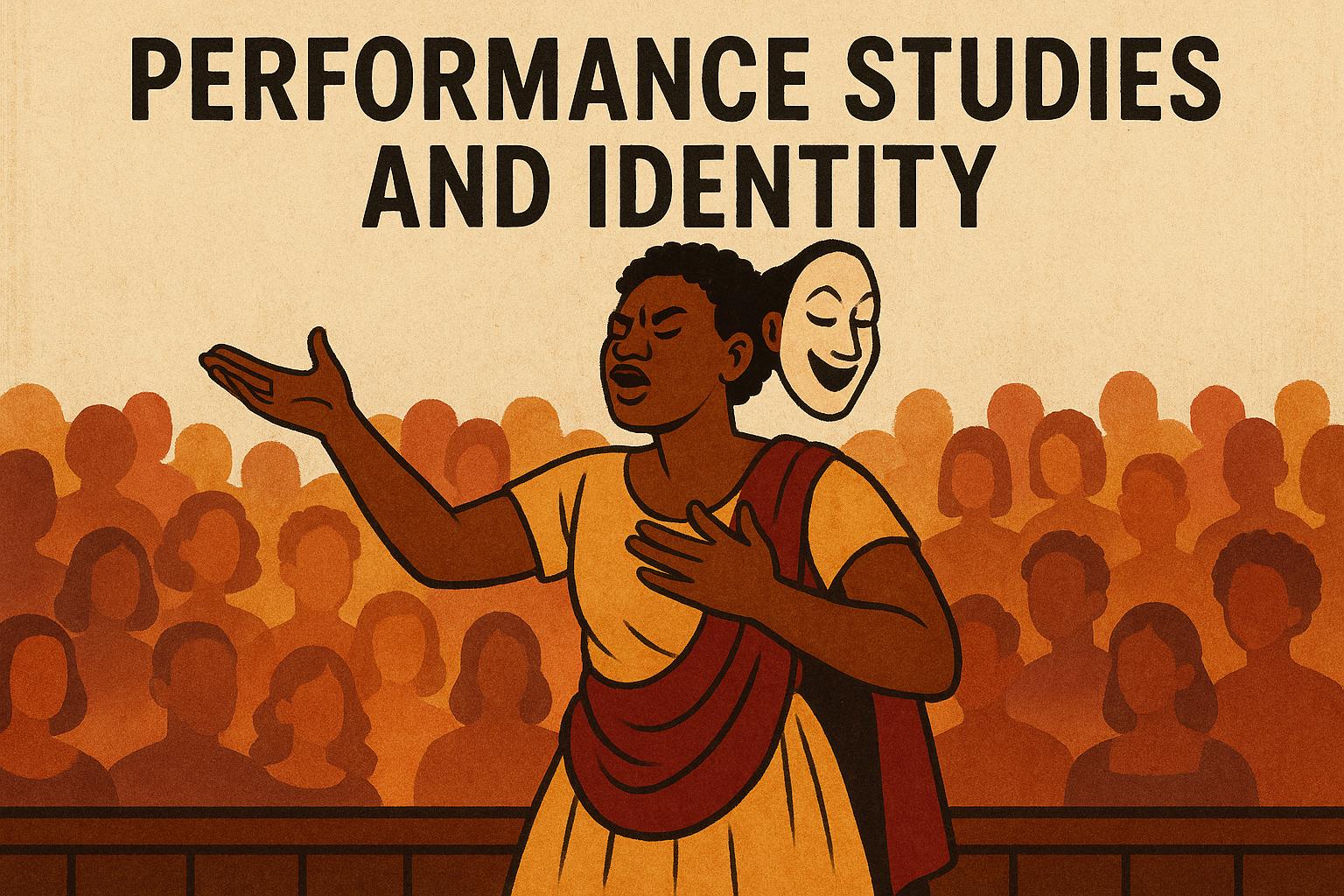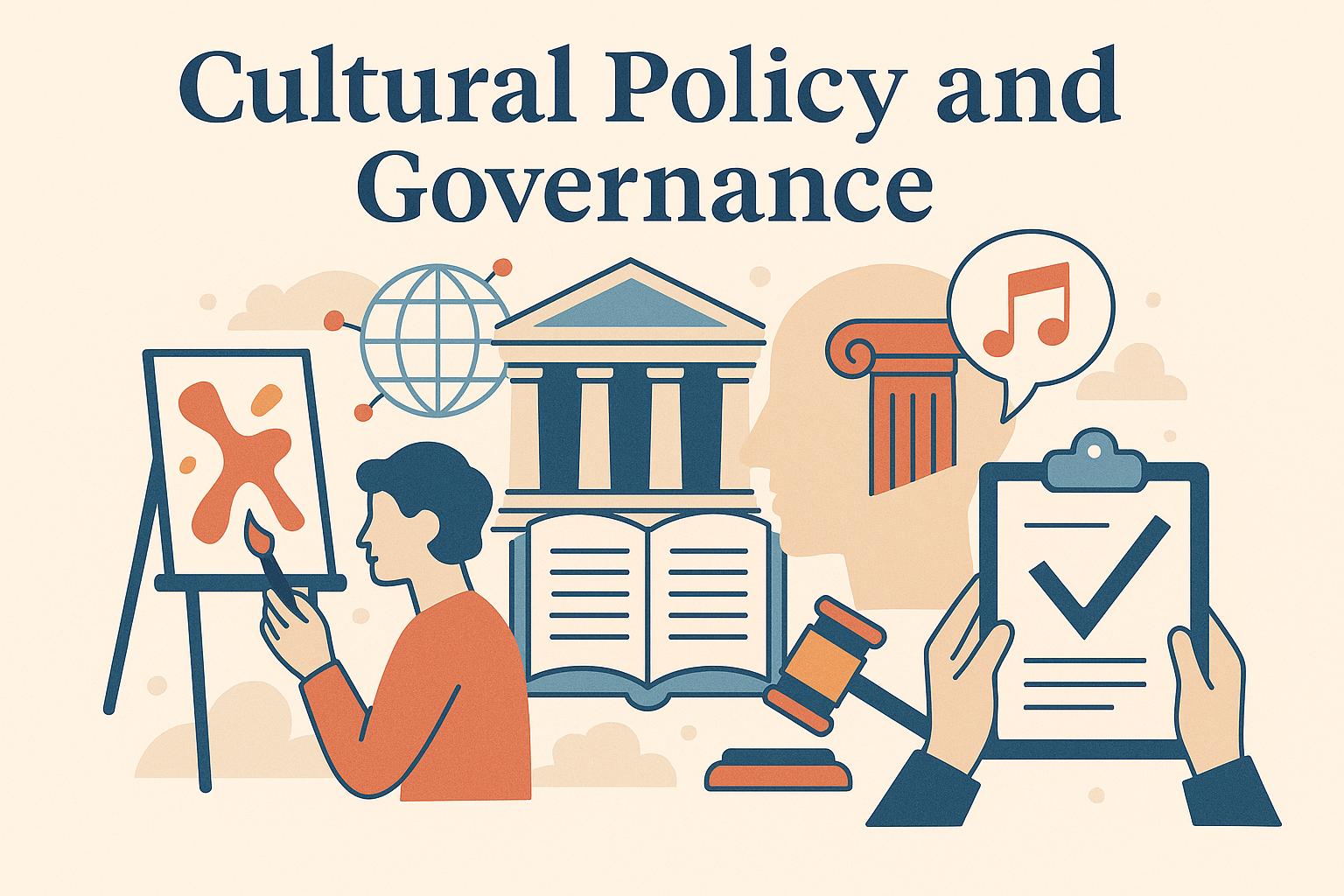Understanding Diaspora and Transnational Identities
The concepts of diaspora and transnational identities have gained significant academic and social attention in recent decades. These phenomena describe how individuals and communities maintain connections across national borders, creating dynamic cultural and social landscapes. As globalization intensifies and migration patterns become more complex, these concepts offer valuable insights into the evolving nature of identity, community, and belonging in today’s world.
Defining Diaspora
Originally, the term diaspora referred specifically to the dispersion of the Jewish people beyond the borders of Israel. Over time, the definition has expanded to include a much broader range of communities that live outside their ancestral homelands while maintaining cultural and emotional connections to those origins. These dispersed populations navigate their identities across generational lines, keeping alive the cultural practices and traditions of their homelands. Key characteristics of diaspora therefore include:
- A collective identity that persists across generations: Members of diaspora communities often feel a shared sense of belonging and identity rooted in their cultural origin, which persists despite geographic dispersion.
- Cultural practices that reflect the heritage of the homeland: From cuisine to language and religious practices, these communities often retain and celebrate the cultural signatures of their ancestors.
- Networks that facilitate communication and support among dispersed members: Through social, economic, and political ties, diaspora members maintain strong connections with one another and with their homeland, creating global support systems.
Characteristics of Transnational Identities
Transnational identities are a reflection of the increasingly interconnected world, where individuals live in between and among multiple nations and cultures. Individuals with transnational identities often find themselves navigating complex social landscapes as they integrate elements and practices from different cultures into their daily lives. This means their identities are less about a singular nationality and more about a complex mix of cultural influences. Notable aspects of transnational identities include:
- The blending of cultural norms and practices from different countries: For example, an individual might follow both American and Indian dietary customs, or mix language from each culture in daily communication.
- Frequent movement across national borders: People with transnational identities may travel regularly or live in different countries at different times for reasons such as work, family, or education, creating fluidity in their sense of belonging.
- Participation in social and political life in multiple countries: These individuals may vote, advocate, and engage in civic duties in more than one nation, influencing policy and cultural discussions across borders.
The Role of Globalization
Globalization has played a pivotal role in shaping both diaspora and transnational identities. Advances in transportation and communication technologies have made it significantly easier for individuals to maintain ties across continents and oceans. The affordability and accessibility of air travel enable more frequent visits back to one’s country of origin or the ability to live in multiple countries over a lifetime. Furthermore, the internet, alongside social media platforms, facilitates the rapid exchange of cultural knowledge and experiences, thereby blurring traditional geographic and cultural boundaries.
Globalization has not only increased the ease of physical movement but also the flow of information and cultural goods around the world. People can share music, art, and news instantly with friends and family worldwide, maintaining cultural ties and shared experiences despite physical distance. This interconnectedness has had profound implications for how identities are formed and maintained, leading to hybrid cultural identities that cross traditional lines.
Impact on Societies
The presence of diaspora communities and individuals with transnational identities can have a multifaceted impact on societies. Economically, diaspora communities often contribute to the economies of both their host countries and their homelands through remittances and entrepreneurial activities. Culturally, these communities enrich their host societies by introducing diverse perspectives and fostering intercultural dialogue, promoting greater understanding and tolerance through the sharing of traditions, languages, and worldviews.
However, these dynamics are not without challenges. Individuals from diaspora communities or those who identify as transnationals may face discrimination or prejudice due to their perceived foreignness or cultural differences. Furthermore, identity conflicts can arise when adapting to multiple cultural environments, especially for younger generations who must navigate the expectations of both their families and the broader society.
Policy restrictions in various countries may seek to limit the extent of transnational engagements or the ability for these individuals to participate fully in civic life. As globalization continually reshapes the landscape of migration and identity, it becomes imperative for policymakers and societies to understand and accommodate these identities to foster a global environment that values diversity and inclusivity.
Understanding diaspora and transnational identities is crucial for appreciating the intricate tapestry of contemporary global societies. Recognition and comprehension of these identities allow for a deeper appreciation of how individuals and communities navigate their myriad connections, contributing to the richness and complexity of cultures worldwide. As individuals and communities continue to move, interact, and integrate, they not only redefine cultural and social landscapes but also influence the future trajectory of societal development on a global scale.



